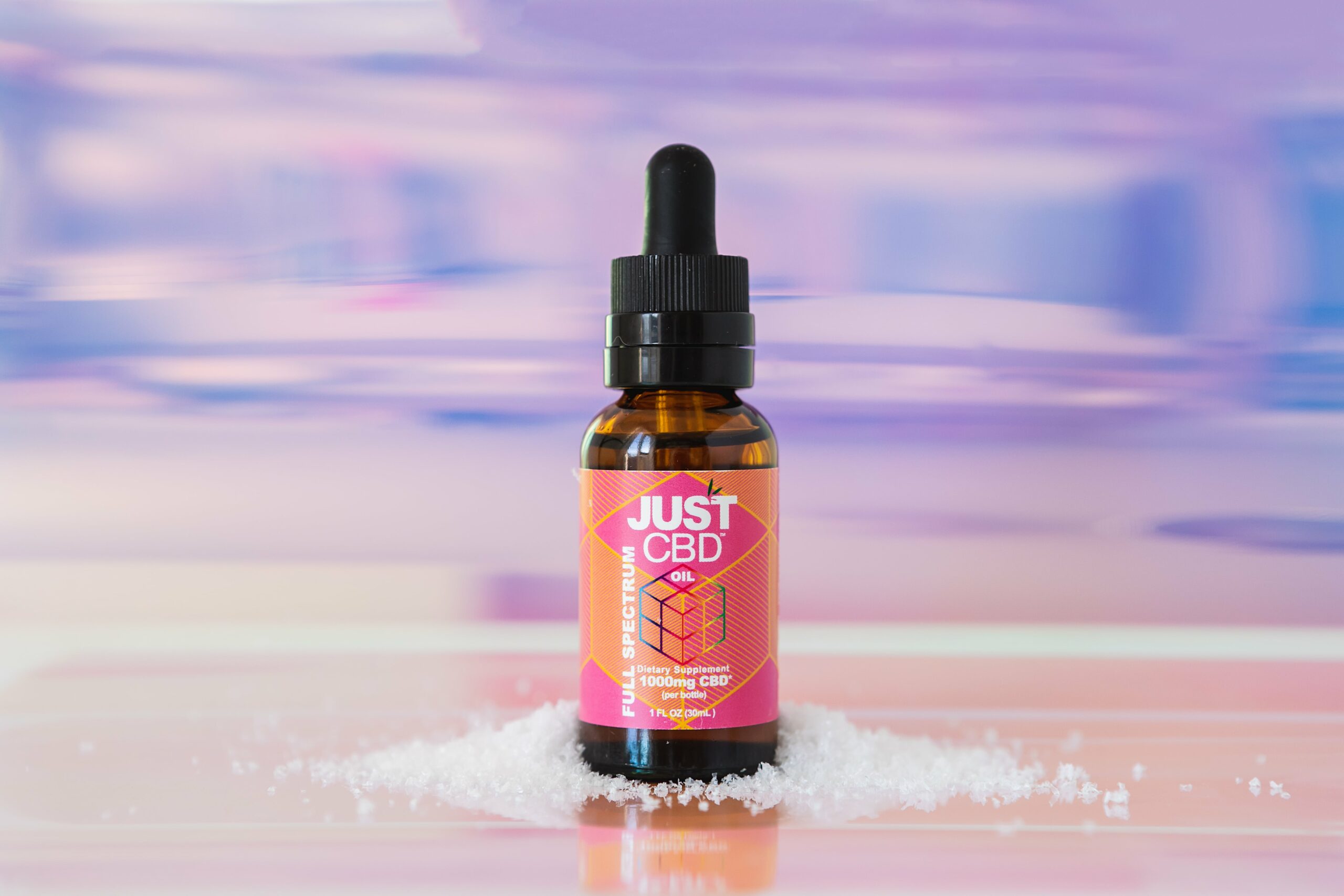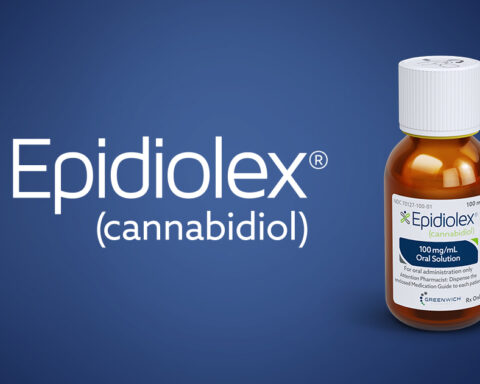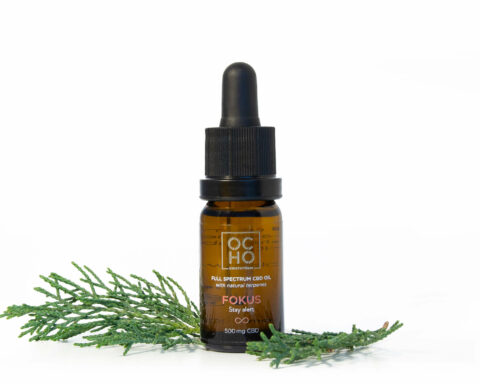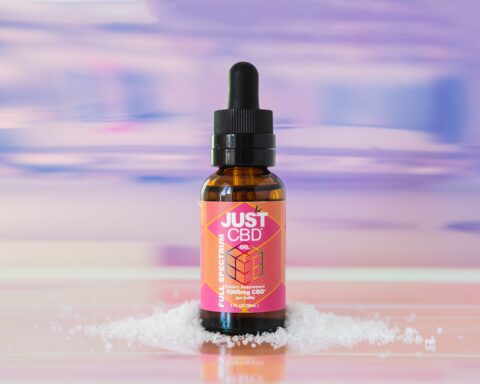CBD products are manufactured in different types; isolate, full-spectrum, and broad-spectrum. The products are crafted from organic cannabis plants, which comprise various chemical elements, including cannabidiol (CBD), tetrahydrocannabinol (THC), terpenes, and flavonoids. Common CBD products manufactured in full-spectrum include gummies, tinctures, topicals, and vapes. Differentiating full-spectrum CBD from other forms is based on THC. THC is linked to intoxicating effects, unlike CBD, with various wellness benefits. Other elements in full-spectrum CBD improve its significance. Here is everything you need to know about CBD and the entourage effect.
Full Spectrum CBD
Full-spectrum CBD, also known as whole CBD, contains all the elements found in cannabis. It is manufactured with CBD, THC, terpenes, and flavonoids. Atalay et al. (2019) suggested that full-spectrum CBD has anti-inflammatory properties. However, the availability of THC in full-spectrum products raises debates concerning its effectiveness. THC is responsible for the “high” feeling often associated with CBD products. Other side effects include red eyes, dry lips, anxiety, and severe headaches. CBD products took time to be legalized in the USA because of the presence of THC as a dominant element in cannabis plants.
What Does the FDA Say about THC in Full-Spectrum CBD?
Due to the intoxication effects of CBD, the Food and Drug Administration (FDA) decided to give a standard optimum level. According to FDA, THC levels in full-spectrum CBD have to be restricted to 0.3%. Any product with THC levels exceeding this level is considered illegal. Also, the FDA body is strict on the concentration of CBD offered by various companies due to misinformation. It advises consumers to affirm the lab results offered on the labels match the ones in the products. The FDA only accepts a potency variance of 10%.
CBD and the Entourage Effect
The entourage effect in CBD results from all elements in the CBD working together. When the blend is consumed together, they produce more effects than when taken alone. The hemp plant contains cannabidiol, THC, over 150 terpenes, and 20 flavonoids. According to Hegazy&Platnick (2019), CBD reacts with the endocannabinoid body system to maintain body balance. Its impact affects various body functions, such as appetite, pain, and mood. Most research considers full-spectrum CBD for offering an appropriate entourage effect compared to other elements because it contains all the elements of the hemp plant, unlike other types of CBD. However, the FDA has restricted THC levels in the full spectrum to 0.3% to protect consumers from its side effects.
Eskander et al. (2020) linked THC to pain relief, although it’s not clinically verified. Terpenes are beneficial in improving the entourage effects because they contain an anti-inflammatory effect that boosts the hemp plant’s effectiveness. Flavonoids available in the hemp plant also play a significant role similar to terpenes (reducing inflammation). Other brands incorporate various organic elements in CBD products to improve their effectiveness. Some of the widely used elements include MCT oil (coconut oil). MCT oil contains bioavailability properties that improve the effectiveness of full-spectrum CBD by enhancing digestion or absorption of skin products into the bloodstream.
Other Types of CBD
Broad-spectrum is the second-best type of CBD for enhancing the entourage effect. It contains all the elements of the hemp plant except THC. Various CBD experts recommend broad-spectrum CBD because it minimizes the side effects of THC. As a result, you will be able to benefit from significant elements of the hemp plant, such as terpenes, CBD, and flavonoids. However, it is not a guarantee that you will evade THC completely. Being the second dominant element after CBD, extracting it completely might be quite technical, even with CO2.
In contrast, Isolate CBD is unique from other types of CBD because it contains only one element of the hemp plant; cannabidiol. It is also known as pure CBD because it lacks terpenes, flavonoids, and THC. Therefore, it might not suit the entourage effect to be a single element. It is only suitable for people who only wish to benefit from CBD oil.
Safety Measures for Full-Spectrum CBD Oil
Although CBD oil has numerous advantages that make it suitable for various wellness solutions, such as improving inflammation, the FDA and other health institutions have set safety measures. To take full-spectrum CBD safely, consumers should;
Assess the Lab Results
It is important to affirm their concentration levels to avoid the side effects caused by THC and high levels of CBD. Some brands state different CBD potency levels from the ones in the products. Therefore, the FDA recommends the variance be within 10%. In addition, the FDA is strict on THC levels, especially in full-spectrum CBD. According to the body, THC concentration should not exceed 0.03 %. In addition, ensure your full-spectrum CBD oil is void of contaminants such as heavy metals and solvents.
Method of Extraction
Various extraction methods used in the CBD industry include carbon dioxide (CO2), steam distillation, and solvent extraction. Most brands prefer using CO2 due to its effectiveness and clean nature. It minimizes the risks of contaminating the products and the environment. Consider brands using CO2 to obtain pure elements of the full spectrum CBD, leaving out other elements.
Conclusion
Full-spectrum works best for the entourage effect. The availability of terpenes, CBD, flavonoids, even THC will improve its functionality. However, one needs to be keen on THC levels. Assess the lab results keenly to ensure THC levels are within 0.3% and CBD potency variance is within the 10% limit. Also, various research recommends the broad-spectrum because it is void of THC and offers the effect of all elements found in the hemp plant. Therefore, it allows you to benefit from CBD, terpenes, and flavonoids, minus exposing your body to THC. Isolate CBD might not work; suppose you are going for the entourage effect since it’s pure CBD.
References
Atalay, S., Jarocka-Karpowicz, I., &Skrzydlewska, E. (2019). Antioxidative and anti-inflammatory properties of cannabidiol. Antioxidants, 9(1), 21.
Eskander, J. P., Spall, J., Spall, A., Shah, R. V., & Kaye, A. D. (2020). Cannabidiol (CBD) As a Treatment of Acute and Chronic Back Pain: A Case Series and Literature Review. J Opioid Manag, 16(3), 215-8.
Hegazy, O., &Platnick, H. (2019). Cannabidiol (CBD) for treating neurofibromatosis-related pain and concomitant mood disorder: A case report. Cureus, 11(12).









